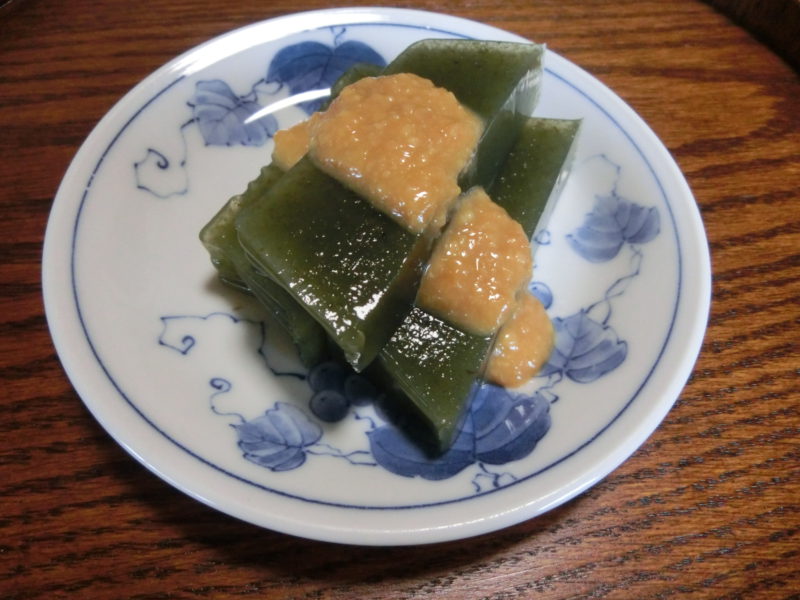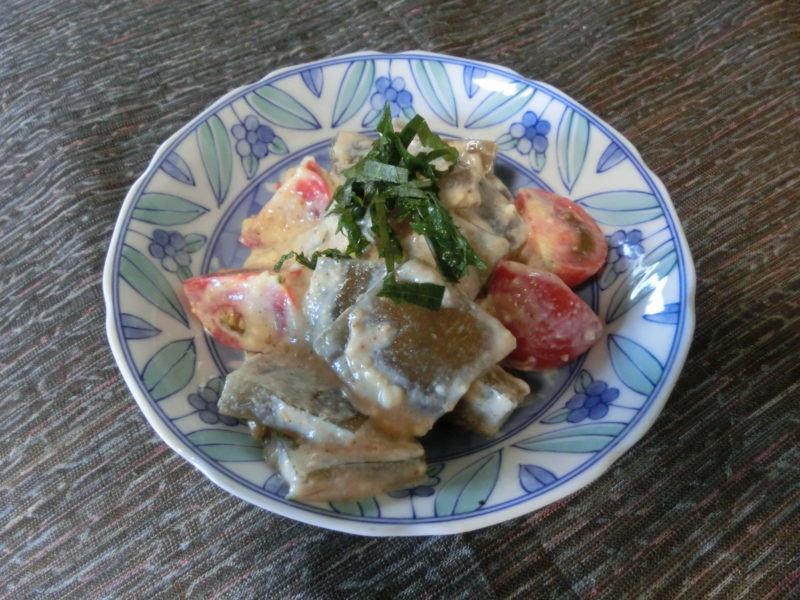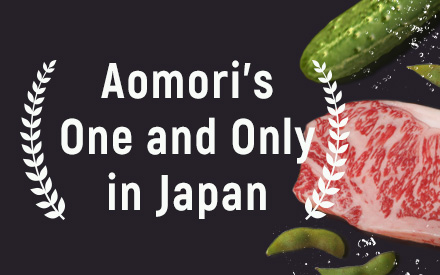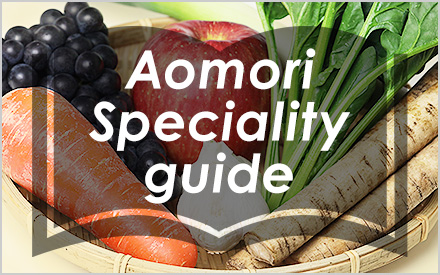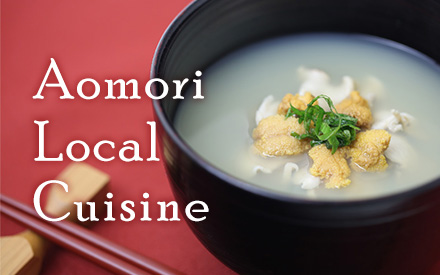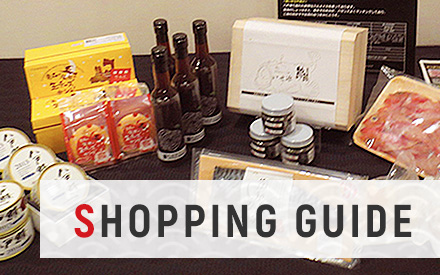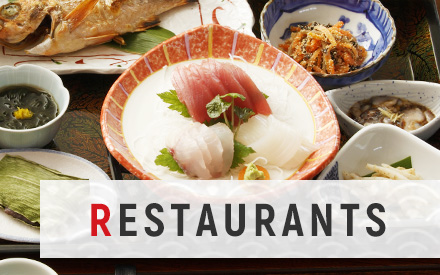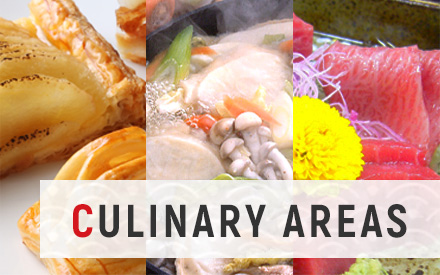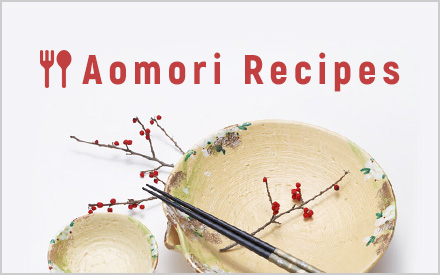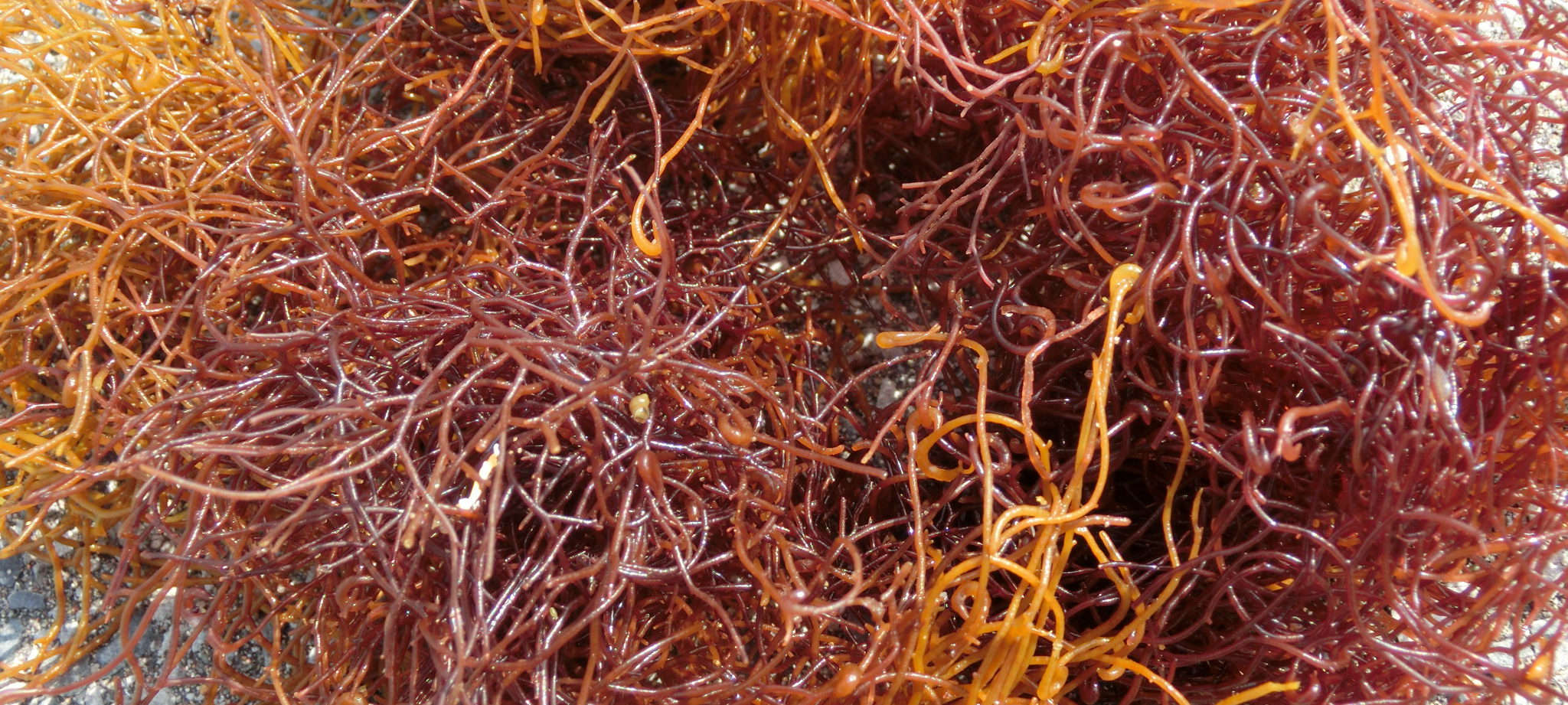
August is the hottest month of summer in Japan, where the four seasons present varying climate.
In this issue, we will introduce Egonori, a mineral-rich seaweed that is perfect for such hot weather.
About Egonori
Egonori is a red seaweed that belongs to the family Echinodermata. It grows abundantly in shallow waters along the coast of the Sea of Japan, with Aomori Prefecture accounting for approximately 50% of the nation’s production. Fukaura, Nakadomari, and Sotogahama are the key harvesting grounds in the prefecture. Red in color, the seaweed grows as a thread-like mass, entangling other seaweeds with its hooked branch tips.
In addition to minerals, Egonori is rich in calcium, which strengthens bones and teeth. It also contains high levels of vitamin B12, which is effective in preventing anemia; vitamin K, which helps hemostasis and prevent osteoporosis; and protein, which is essential for growth. At the same time, it is low in calories and rich in dietary fiber, making it a perfect healthy diet food.
Recent studies have also shown that Egonori has the effect of suppressing elevated blood sugar levels, and contains antioxidant and anti-inflammatory properties, which promotes good health.
Care from Harvesting to Processing
Egonori harvesting begins in late July and continues for a short period of time, generally until mid-August.
The entire process of sorting out other seaweed entangled with Egonori and drying them in the sun is done all by hand. All the work must be done on the day of harvest or the Egonori will deteriorate. Therefore, harvest is limited to days when the weather is fine and the air is dry.
Dried Egonori is black or brownish in color, but after repeated drying and washing, it gradually loses its color and becomes white. Wholesalers ship Egonori that has been repeatedly dried and washed to adjust its color according to the applications of the retailers and restaurants to which it is sold.
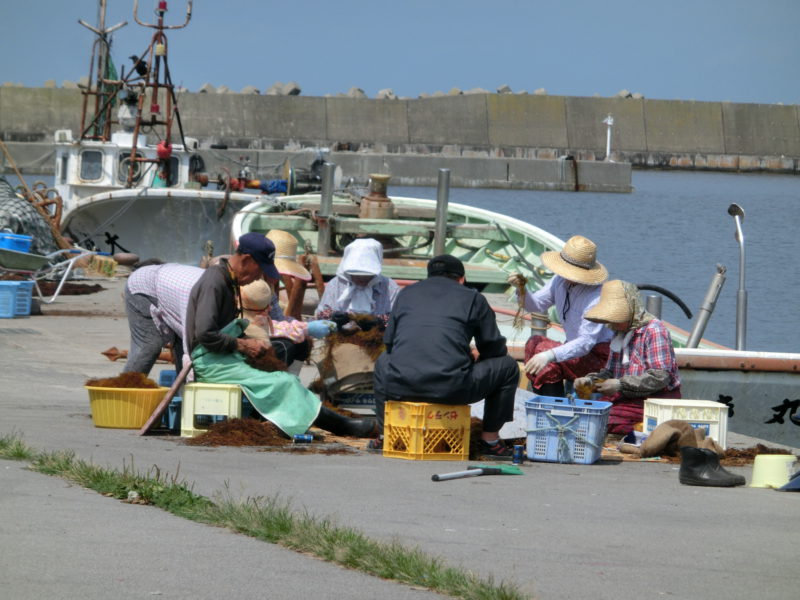
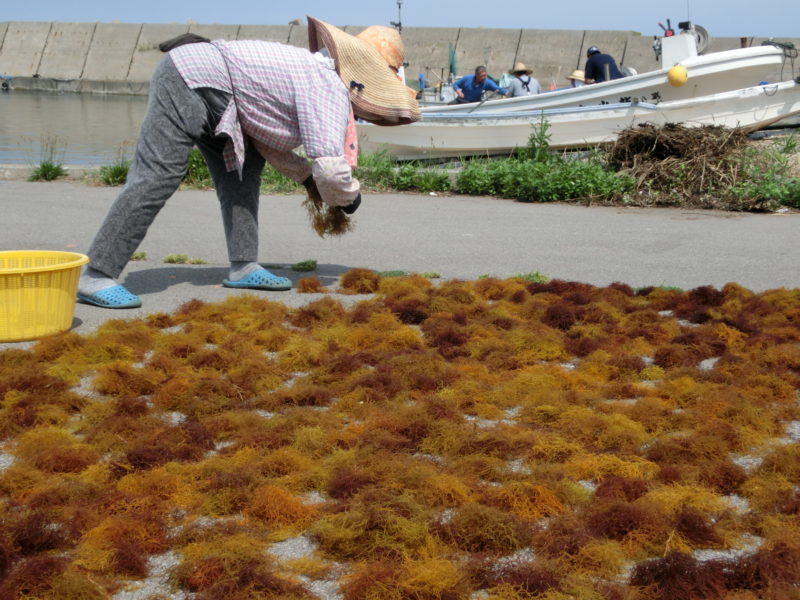
A Local Delicacy “Egoten”
In the days when distribution and preservation technologies such as refrigeration and freezing were not as advanced as they are today, local people incorporated seaweed into their diets in a variety of ingenious ways. This dish using Egonori is one such dish, which is usually stored in a dried form of “ego-gusa” and made into “ego-ten,” to be served at the dinner table.
“Egoten” may sound like it is a kind of “tempura,” but it is closer to “kanten (agar agar)” or “tokoro-ten.” It has a smooth texture that slides down your throat nicely, making it a delightful dish when your appetite is affected by the summer heat.
Egoten is relatively easy to prepare, although its consumption seems to be on the decline these days as people are less likely to make it at home.
“Egoten” has several names throughout Japan: “ego,” “igo,” “ego-neri,” “egomochi,” and “igo-neri.
How to Make “Egoten”
These are the ingredients and directions on how to make a basic “egoten.”
【Ingredients】
Ego-gusa (Dried Egonori) : 50g
Water : 1000cc
【Directions】
- Wash and loosen the ego-gusa well under water.
- Put 1000cc of water in a pot and add the ego-gusa. Bring it to boil.
- Turn the heat to medium once it boils, and stir gently with a wooden spatula.
- Turn the heat to low when the ego-gusa begins to melt, and continue to stir so it doesn’t burn for 10 to 15 minutes.
- Pour the melted ego-gusa into a container, let it cool down before placing it in the refrigerator to set.
Ways to Enjoy Egoten
The traditional way to enjoy Egoten is to cut into bite sizes and season it with miso vinegar or wasabi soy sauce. Mentsuyu or ponzu with bonito flakes also goes well with the egoten.
Another recommendation is to mix egoten with tofu or white sesame accompanied by vegetables, which enhances the seaweed flavor.
